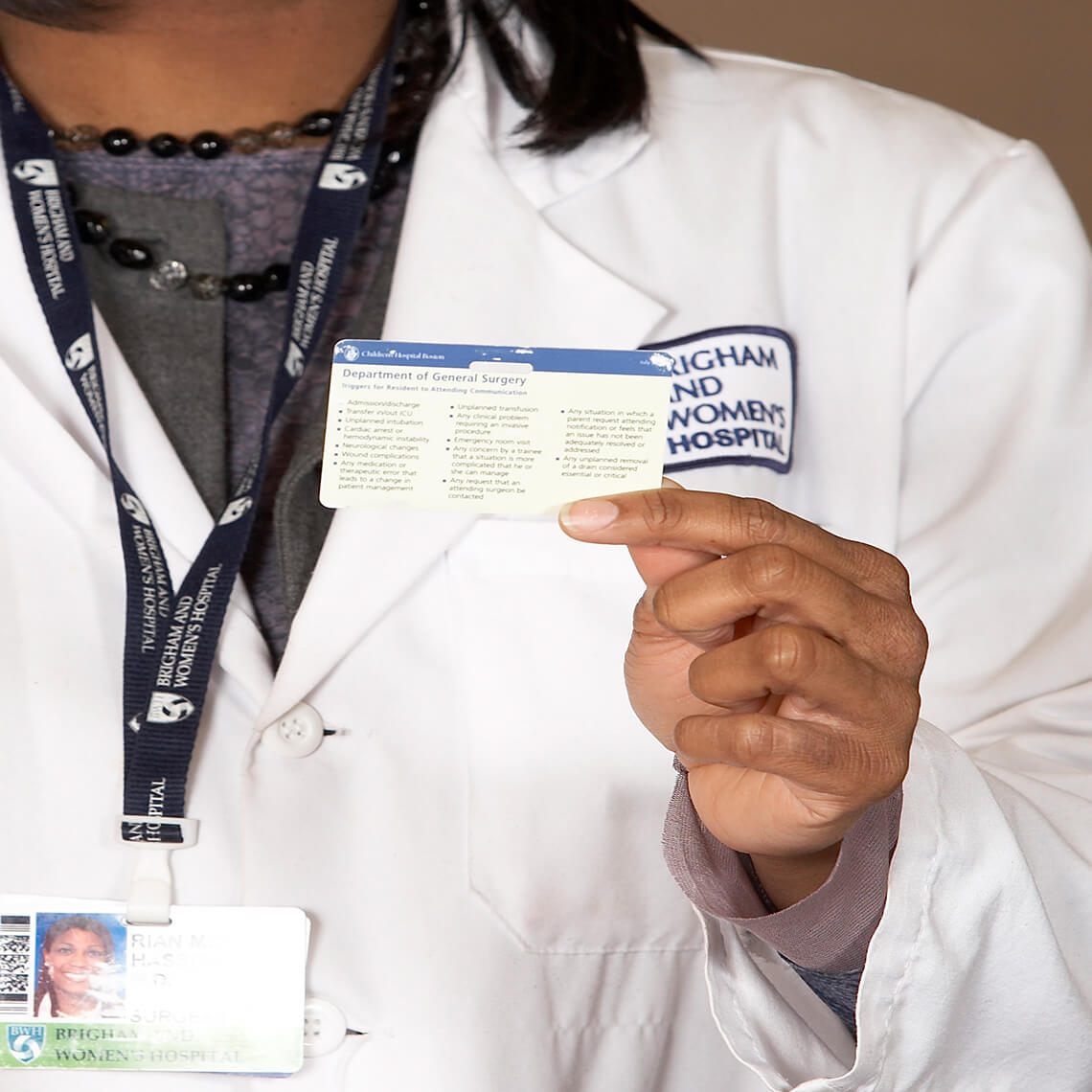Blog Post
Boston Marathon Reflection | The Impact of Training and Preparation

As I stood in the sunshine, shoulder-to-shoulder with other fans at the Brookline/Boston checkpoint yesterday, all of us encouraging and praising each passing runner, I was struck by the parallel between the training and dedication required for both marathon runners and clinicians.
The runners were a mere two miles from the end. Although that final distance would pass in minutes for most, for others it would seem endless. But for all of them, it would be their training that would carry them across that finish line. Despite what one runner described as
…a series of cold, hard calculations. A string of factors and numbers that drive me to become faster, and to continually improve…
there are always unexpected conditions that can throw all of that careful planning and training askew. Most years, those unexpected conditions are the weather, a cramp, or a blister. Three years ago, it was the horror of dual bomb blasts that wreaked havoc and devastated the lives of runners and fans alike.
And this is where the parallel became clear: Like everyone watching the race, I couldn’t help recalling the events of 2013. I remembered how emergency responders and hospital staff immediately tapped into their own training and acted in a clear, deliberate, and effective manner to treat the hundreds of injured individuals in the aftermath of the blast.
According to an article in the Journal of Emergency Medical Services, The Boston Public Health Commission has a unique configuration in which they oversee and operate the city’s Emergency Medical Services. Because of this, nearly 200 personnel were in place along the marathon route providing necessary care. According to the executive director of the Boston Public Health Commission, Barbara Ferrer, PhD, MPH, MEd, “In the immediate aftermath of the bombings, medical and health department personnel began treating more than 140 people and coordinated hospital transportation for 90 people within 30 minutes.”
But it wasn’t civic infrastructure alone that carried the day. Others had also prepared to respond and offer essential care. The CDC reported that prior to the April 15th tragedy, staff at Brigham and Women’s Hospital had conducted 78 large-scale emergency drills and were able to put their well-practiced plans immediately into action. The hospital cared for 39 patients from the bombing, 23 in the first 45 minutes. “We have to be fluid, flexible, and able to adapt to the scenario,” said Dr. Eric Goralnick, Medical Director of Emergency Preparedness. “We are a 793 bed academic medical center that is running at capacity a majority of the time. With competing priorities, getting everyone on the same page and operating cohesively in an emergency requires constant vigilance. A commitment to preparation and training is an institutional imperative.”
Just days after the blast, Atul Gawande, MD, shared his view of Why Boston’s Hospitals Were Ready—his own Brigham and Women’s along with so many others:
This kind of orchestration happened all across the city. Massachusetts General Hospital also received thirty-one victims—at least four of whom required amputations. Boston Medical Center received twenty-three victims. Beth Israel Deaconess Medical Center handled twenty-one. Boston Children’s Hospital took in ten children, ages two to twelve. Tufts Medical Center and St. Elizabeth’s Medical Center each treated eighteen victims.
It may seem miraculous that every victim who survived the blast lived. But there was no miracle. Instead, there was—and is—the dedication and training of the medical organizations and individuals across the city. An “unexpected condition” (profoundly unexpected and yet—thankfully—not unanticipated) did not derail them from “finishing the course” and saving lives.
Incredible grit and renewed determination saw many of those survivors back on the course this April 18th. It was a day of unity and celebration. And everyone, runners and fans alike, felt safer knowing they could rely on the training and preparedness of our clinicians.
Related Blog Posts
Investing in Patient Safety


Mind the Gaps: Learning How to Avoid Miscommunication Pitfalls
January Safety Salute | MedStar Health Creating a Just Culture

